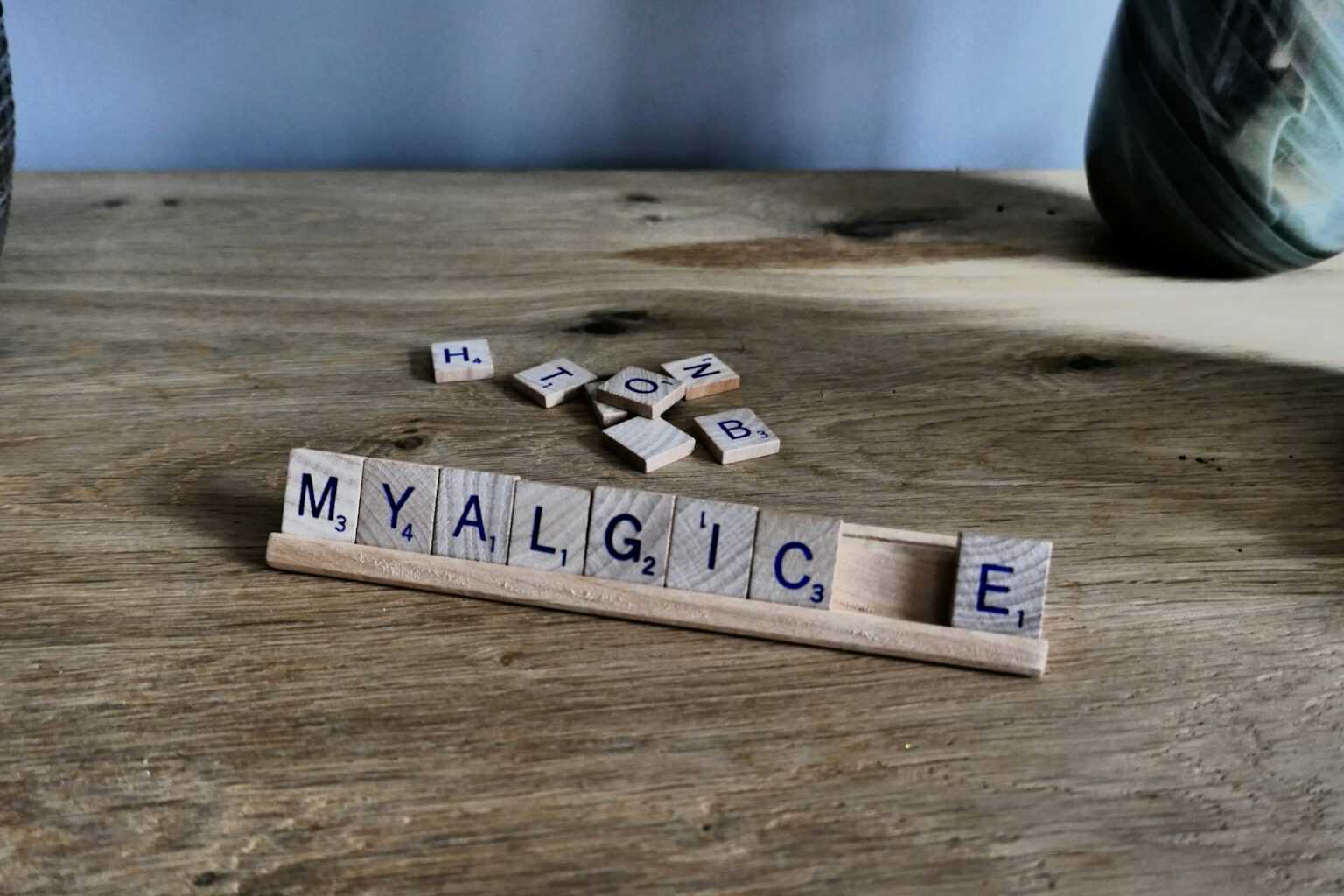To analyze concepts of potentiality and inevitability within formal systems, one must consider the underlying relation that governs transitions between states. This accessibility relation defines which scenarios are reachable from a given point, forming the backbone of semantic interpretations. By examining these connections, it becomes possible to rigorously determine when a proposition is necessarily true or merely contingently possible.
The Kripke framework offers a powerful semantic structure that encapsulates these ideas through sets of worlds interconnected by accessibility relations. Each world serves as a vantage point for evaluating truth values under different assumptions about what could be realized or must hold universally. This approach enables precise reasoning about modality by tracking how truths propagate along relational paths.
In practical investigations, representing such structures as graphs facilitates algorithmic verification and model checking. Exploring necessity involves confirming validity across all accessible worlds, while establishing possibility requires identifying at least one reachable context where the statement holds. This dual perspective supports nuanced analyses in areas ranging from philosophical inquiry to computational linguistics and artificial intelligence.
Modal logic: possibility and necessity reasoning
To accurately model states of distributed ledger systems, it is recommended to apply frameworks that incorporate relational semantics reflecting potential transitions between blockchain states. Kripke structures provide such a framework by defining nodes as possible worlds and edges as accessibility relations, capturing the dynamic evolution of consensus and validation processes.
Understanding the interplay between what must hold true across all accessible configurations versus what may hold in some is critical for secure protocol design. This differentiation allows analysts to formalize guarantees of transaction finality (necessity) while also accommodating probabilistic forks or alternative chains (feasibility), enhancing the robustness of cryptographic proofs.
Relational frameworks in blockchain state verification
The core concept involves representing blockchain states within a graph where each vertex corresponds to a ledger snapshot, and directed edges encode accessibility according to network rules or validator permissions. This approach enables precise reasoning about compliance with protocol invariants under adversarial conditions. By employing these relational models, one can systematically explore which statements are invariant (i.e., necessary) versus those contingent on particular paths or events.
For example, when evaluating smart contract executions, the system must verify that certain safety properties persist across all subsequent states reachable from the current state. Using Kripke-inspired methods helps define these safety constraints formally, ensuring contracts behave predictably despite asynchronous message delivery or miner manipulations.
Practical applications in consensus mechanism analysis
Consensus algorithms like Proof-of-Stake or Byzantine Fault Tolerant protocols benefit from modal-style assessments by mapping out all feasible network configurations reachable through validator actions. Necessity corresponds here to properties that remain invariant regardless of malicious attempts or network delays–such as agreement on block validity–while possibility captures transient conditions like temporary forks or reorganization events.
- Step 1: Define accessibility relations based on validator communication patterns.
- Step 2: Identify states representing valid ledger histories.
- Step 3: Formulate statements expressing security properties using universal quantification over accessible nodes.
This methodology offers an experimental platform where researchers can simulate attack vectors by altering accessibility edges and observing whether key invariants still hold.
Experimental reasoning through stepwise state exploration
A recommended investigative procedure involves iterative expansion of accessible worlds starting from genesis blocks, tracking how necessity claims evolve as new blocks append. By observing which properties fail at certain depths, developers can pinpoint vulnerabilities or optimize protocol parameters for stronger guarantees. Such empirical methods align well with laboratory-style experimentation common in computer science research, promoting discovery through controlled manipulation rather than static proofs alone.
Theoretical foundations guiding blockchain correctness
This formal apparatus serves as a scaffold for verifying critical features such as immutability and double-spend resistance by encoding them into modal formulas tested against constructed models derived from actual blockchain protocols.
Navigating advanced research frontiers with formal modalities
The ongoing integration of modal-inspired methodologies into blockchain science opens pathways toward automated verification tools capable of exhaustively checking protocol specifications under diverse conditions. Experimental setups emulating various network topologies allow researchers to hypothesize failure modes and validate resilience before deployment. Such systematic inquiry fosters confidence in emerging designs by transforming abstract theoretical constructs into tangible testable phenomena within digital ledgers’ evolving ecosystems.
Modeling Smart Contract Permissions
Permission frameworks within smart contracts demand a rigorous approach to defining the conditions under which certain operations must or may be executed. Employing a structured methodology that reflects obligatory and potential states of access enables developers to create secure, predictable contract behavior. Utilizing formal systems inspired by Kripke semantics allows for detailed mapping of accessible contract states, where each state represents distinct permission configurations.
To construct such frameworks, it is essential to represent not only what actions are allowed but also which must be enforced strictly. This duality forms a foundational structure that guides transaction validation and role-based access control. By modeling these constraints through relational structures linking states with accessibility relations, one can simulate how permissions evolve as users interact with the contract, ensuring compliance with intended security policies.
Exploring Permission Structures via State Accessibility Graphs
Kripke-style models use possible worlds semantics to visualize contract permission spaces as nodes interconnected by accessibility relations. Each node embodies a particular permission set active at that moment, while directed edges indicate transitions permitted under certain conditions. For example, an admin role might have mandatory rights to update parameters (reflecting an enforced property), whereas regular users possess optional privileges like querying balances.
- Obligatory permissions: Actions that must always be executable under specific roles or circumstances.
- Permissive allowances: Capabilities granted conditionally or optionally depending on contract state evolution.
This framework facilitates reasoning about security guarantees by analyzing whether forbidden states are inaccessible from any authorized initial configuration, thus precluding unauthorized privilege escalation.
The experimental design of permission layers benefits from iterative testing against hypothetical attack vectors. By simulating transitions between various authorization scenarios within this modal-inspired matrix, developers verify if necessity conditions hold firm and if possibilities for exploitation remain sealed off effectively.
The table exemplifies how the interplay of mandatory versus optional permissions can be encoded in state transition graphs reflecting real-world smart contract interactions. Monitoring these pathways experimentally highlights vulnerabilities and strengthens governance mechanisms accordingly.
In practice, combining this model with formal verification tools enhances confidence in deployed contracts by systematically validating that all necessary constraints remain intact throughout lifecycle events. This methodical exploration encourages continuous refinement and adaptation tailored to complex decentralized environments where trust boundaries fluctuate dynamically.
Verifying Blockchain Consensus Conditions
To validate consensus mechanisms within blockchain networks, it is imperative to apply structured frameworks that analyze the state transitions and their interrelations. The Kripke model serves as an effective tool for this purpose by representing possible states of the system as nodes connected through accessibility relations, which define how one state can evolve into another. By examining these connections, analysts can establish whether certain conditions hold across all accessible states (expressing certainty) or if there exists at least one reachable state where a condition holds (expressing plausibility). This approach enables precise verification of consensus guarantees such as finality and fault tolerance.
The structural properties of the accessibility relation directly impact the validation process. For instance, reflexivity and transitivity correspond to specific protocol assurances: reflexivity ensures current state validity, while transitivity models sequential consensus steps. Employing such relations allows for modal evaluation of statements about agreement or divergence in distributed ledgers. By framing consensus verification within this relational structure, one can rigorously determine whether a particular agreement condition is invariably true, thus confirming its robustness against adversarial conditions or network partitions.
Modal Frameworks in Consensus Verification
Applying modal semantics facilitates nuanced interpretation of blockchain dynamics beyond classical binary logic. Evaluating necessity involves proving that a property holds in every node reachable via accessibility links–akin to ensuring an invariant under all protocol executions. Contrarily, verifying possibility requires showing existence of at least one accessible node where a certain event occurs, useful in detecting potential vulnerabilities or forks. This duality supports comprehensive testing of consensus protocols by systematically exploring branching scenarios and their outcomes within the Kripke structure.
Experimental case studies highlight this methodology’s strength: for example, analyzing Tendermint’s Byzantine Fault Tolerant algorithm through modal structures reveals how safety conditions maintain necessity despite asynchronous message delivery delays. Similarly, simulations of Nakamoto consensus incorporate probabilistic accessibility graphs reflecting mining race outcomes; verifying inevitability of chain growth demonstrates practical liveness properties. These explorations underscore how integrating formal semantic models with empirical data elevates confidence in blockchain consensus verification processes.
Expressing Transaction Validity Modalities
Transaction validity in blockchain ecosystems can be rigorously characterized through a framework that captures different states of truth across multiple possible worlds. By employing a system akin to Kripke semantics, each ledger state is interpreted as a distinct node connected via an accessibility relation that defines which future or alternative ledger states are reachable from the current one. This structure enables precise evaluation of whether a transaction is necessarily valid–true in all accessible states–or contingently acceptable, holding true in at least one accessible configuration.
Applying this framework requires formalizing transaction conditions within a semantic model where necessity corresponds to invariance across all reachable ledgers, and contingency reflects potential validation paths. For instance, double-spending prevention mechanisms enforce constraints that must hold necessarily to maintain consensus integrity. Conversely, smart contract executions might reveal contingent outcomes depending on external inputs or oracle data, illustrating how transactional assertions differ in their modal status within the blockchain’s evolving state graph.
Modal Semantics and Blockchain State Transitions
The accessibility relation in blockchain models represents permissible transitions between ledger snapshots caused by appending new blocks or executing off-chain operations. By analyzing this relation, one can determine if a transaction’s validity condition holds universally or only under certain protocol evolutions. Employing Kripke frames allows researchers to experiment with hypothetical forks and reorganization scenarios, examining which transactions remain stable (necessary) versus those vulnerable to rollback (possible but not necessary).
This approach provides an experimental methodology for constructing validation algorithms that incorporate forward-looking criteria: transactions validated today may become invalid tomorrow if an alternate chain becomes accessible under consensus rules. Implementing such modal reasoning computationally demands efficient indexing of reachable states and caching inference results to reduce verification overhead during network propagation.
- Case Study: Ethereum’s fork-choice rule can be modeled using accessibility relations where future canonical chains represent accessible worlds; transactions confirmed on all forks exhibit necessity.
- Experiment: Simulate network partitions and delayed block propagation to observe shifts in transaction modality from possible acceptance toward necessary finality as consensus solidifies.
Incorporating these concepts into transaction validation enhances protocol robustness by explicitly capturing uncertainty and temporal dependencies inherent in decentralized consensus. Modality-driven frameworks enable nuanced dispute resolution strategies whereby nodes weigh evidence about chain stability before endorsing transaction finality claims.
This structured perspective prompts new avenues for optimizing consensus protocols by integrating modal constraints directly into block proposal and validation logic. Future research might explore automated extraction of accessibility graphs from live networks combined with machine-assisted prediction of transaction status changes, thus enabling dynamic trust scoring based on modal inference patterns within distributed ledgers.
Reasoning about Cryptographic Protocol States
Analyzing the evolution of cryptographic protocols requires a rigorous framework that models potential system configurations and their interrelations. Utilizing Kripke structures offers a robust approach to representing states as nodes within a network, where transitions describe feasible state changes under protocol rules. This model enables precise tracking of which system states are attainable from a given point, facilitating the assessment of security properties such as confidentiality and authentication.
In this context, the concept of state accessibility is fundamental. It defines the reachability relation between nodes in the Kripke framework, encapsulating how one protocol state can lead to another through valid operations or adversarial interference. By systematically mapping these connections, analysts gain insight into whether certain desirable conditions hold inevitably across all reachable states or only in some scenarios, thus guiding verification efforts and threat mitigation strategies.
Modal Structures for Protocol Verification
Employing modal frameworks allows for nuanced expression of constraints on protocol behavior over time. For instance, one may specify that a secret key remains uncompromised in every accessible future state, reflecting stringent security requirements. Conversely, identifying states where an attacker might gain partial access reveals vulnerabilities present in at least some possible executions. These distinctions inform formal verification techniques such as model checking, where properties are validated against all paths generated by the Kripke model.
The precision afforded by these frameworks proves invaluable when examining complex multi-party protocols like zero-knowledge proofs or consensus algorithms in blockchain networks. For example, verifying that consensus finality is preserved necessarily after certain communication rounds involves confirming that no accessible state violates agreement conditions despite Byzantine faults. Such analyses rely on constructing detailed transition systems embodying message delays, adversarial capabilities, and timing assumptions.
A practical methodology involves defining modal formulas corresponding to critical security goals and systematically evaluating them over the protocol’s state space encoded as a Kripke structure. Tools integrating symbolic model checking facilitate scalability by abstracting large or infinite state sets while preserving soundness of reasoning about what must or might occur during execution. This approach has been successfully applied in analyzing TLS handshake sequences and smart contract interactions on Ethereum, revealing subtle attack vectors previously unnoticed.
Conclusion: Harnessing Metaphysical Certainty for Resilient Systems
Implementing strict conditions within distributed networks enhances fault tolerance by guaranteeing system states that must hold across all accessible nodes. The interplay between necessity and system behavior can be modeled through structures akin to Kripke frameworks, where the accessibility relation delineates possible transitions and failure modes. This framework allows engineers to isolate states that are invariant under all potential contingencies, ensuring uninterrupted consensus even in adversarial environments.
Experimental validation reveals that encoding critical system invariants as unavoidable truths reduces ambiguity in failure detection algorithms. For example, specifying that a transaction’s finality is inevitable once certain quorum thresholds are met prevents rollback scenarios caused by network partitions. Such formalizations improve automated reasoning about system safety and liveness, providing a rigorous foundation for advanced blockchain protocols.
- Applying necessity-based constraints improves redundancy management, allowing systems to anticipate and mitigate cascading failures.
- Kripke-style models facilitate precise mapping of state transitions under varying accessibility conditions, vital for simulating Byzantine fault tolerance.
- Embedding these conceptual tools into smart contract verification enhances reliability by enforcing invariant properties across multiple execution paths.
Future development will benefit from integrating these semantic models with probabilistic assessments of node behavior, advancing beyond binary truths towards graded certainties. Incorporating such nuanced frameworks enables adaptive fault-tolerant mechanisms capable of responding dynamically to evolving threats. Further exploration into combining accessibility relations with temporal modalities promises richer expressiveness for real-time monitoring systems in permissionless environments.
This approach invites researchers to experimentally verify how necessity-driven axioms influence emergent behaviors in decentralized architectures. By methodically adjusting the parameters governing accessibility among nodes, one can observe threshold effects on overall robustness. Encouraging hands-on experimentation within simulated blockchain testbeds will deepen understanding of modal interdependencies and inspire innovative designs grounded in formal metaphysics applied to technological resilience.








